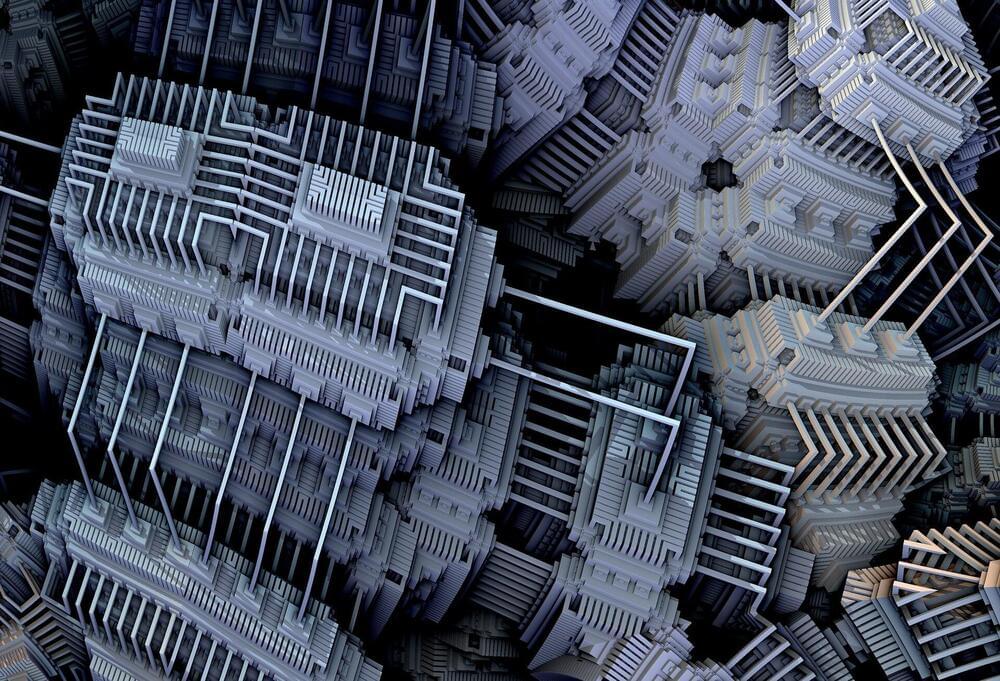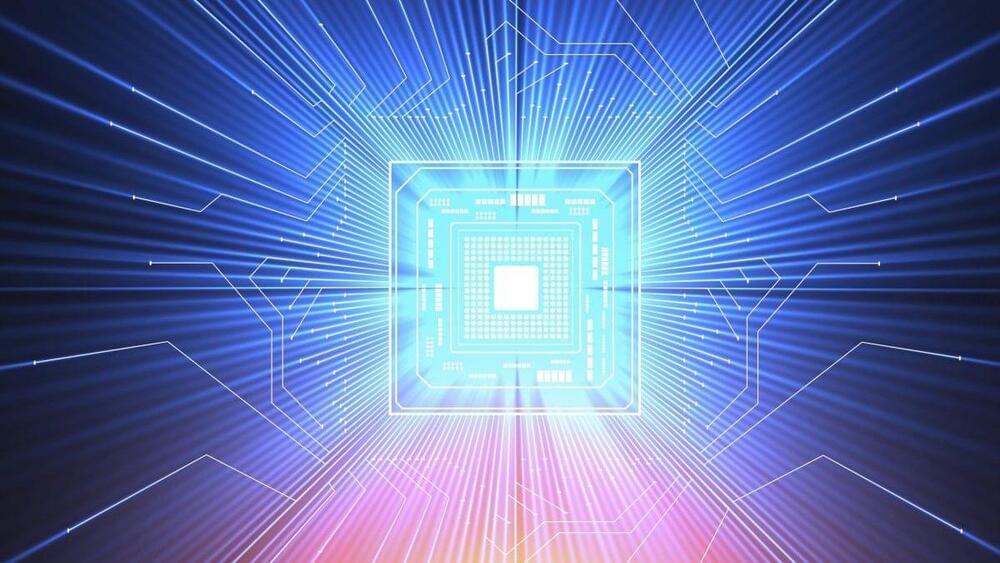Who has the best odds of winning?
In October, Musk tweeted: “Buying Twitter is an accelerant to creating X, the everything app.” According to Ark Invest founder Cathie Wood, Musk is “thinking about a super app like WeChat Pay.” Keep in mind that Musk founded X.Com and merged it with Confinity to create PayPal.
For context, China’s WeChat launched as a messaging service in 2011 and has since become a combination of Meta, Apple Pay, Venmo, Amazon, Uber, Robinhood, Rocket Mortgage, Kayak and Healthcare.gov — as well as more than 3.5 million partner “mini programs” that operate inside the app. PayPal and Walmart have been teasing their own versions of financial super apps since at least September 2021 but with much less fanfare.





